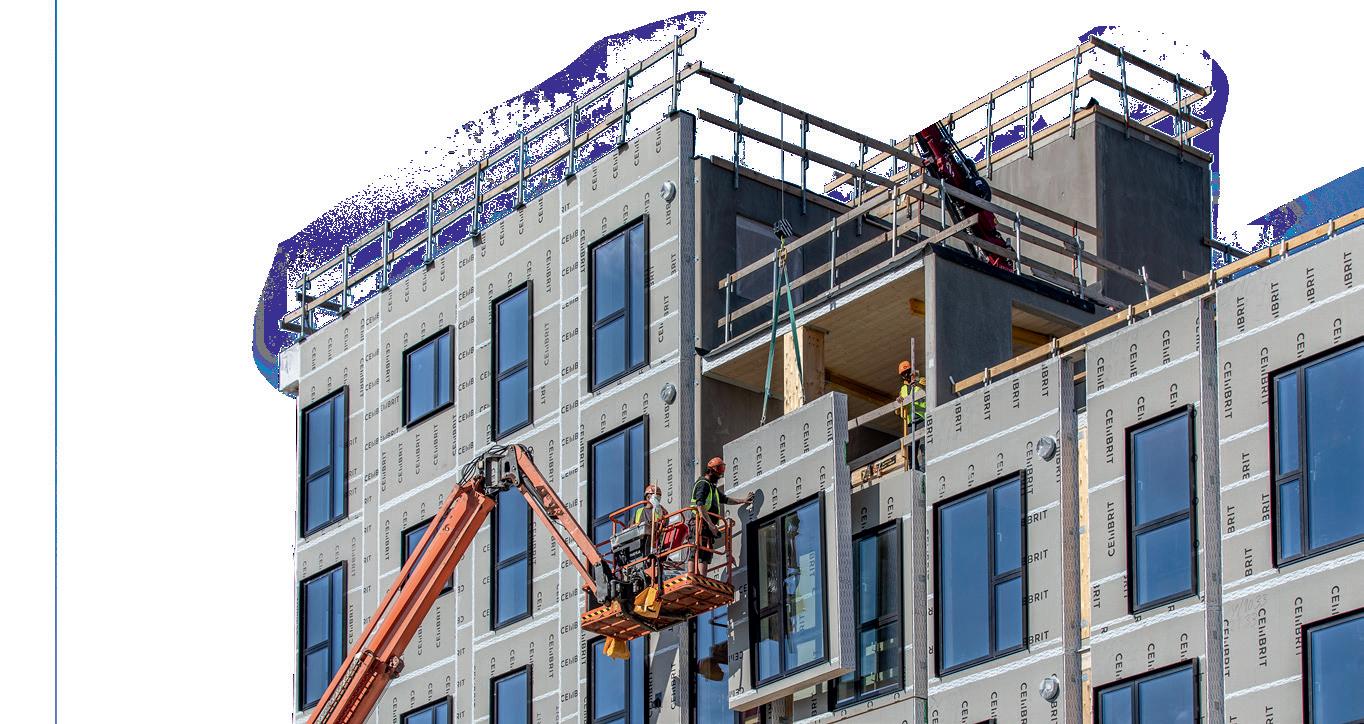
1 minute read
20-floor timber building with wind turbine wings on the façade
The pioneer project TRÆ is a laboratory both for high-rise timber buildings and for the use of recycled materials. LCA calculations and fire safety consultancy are two disciplines that are at play and go hand in hand when assessing the solutions.
At Sydhavnen in Aarhus, preparations have been made for the establishment of the office building TRÆ, which will be the tallest timber house in Denmark with its 78 metres and 20 floors. This combination in itself will make the building an engineering landmark which will require technical skills. The building has another technically interesting dimension since reuse and recycling are applied in all possible parts of the building.
Advertisement
New life to wind turbine wings
One initiative that has already made headline news in the Danish media is the pieces of worn-out wind turbine wings which will be used in the façade for solar screening.
The development of wind energy is a central part of the green transition in Denmark which will make turbine wings a more common waste product in the future. Since they are commonly made of epoxy and glass fibre, the wings often end up in waste repository which means that there is a double advantage of using them in buildings, says Astrid Nørgaard who is responsible for LCA calculations on the project :
We have compared with aluminium, which is often used as solar screening, and the estimated CO₂ footprint of the wings is 27 times lower. Even if we compared with a material that was less CO₂ heavy than aluminium, we would still see a noticeable difference. It is therefore a good idea as it also contributes to the solution to a waste challenge.
Continues on the next page
Even though we in many instances are able to demonstrate that reuse and recycling are good for the carbon reports, this does not count in the formal LCA. The building regulations state that materials must be considered new products if an EPD (Environmental Product Declaration) has not been made for the recycled material. This is rarely the case, and Astrid believes that the project will help illustrate the problem :
You might say that TRÆ is ahead of its time. We hope that our experience will have an impact on the development so that the building regulations will take circular economy better into account in the future.

Astrid Nørgaard Consultant Energy Design, Sustainability & Indoor Climate Aarhus










